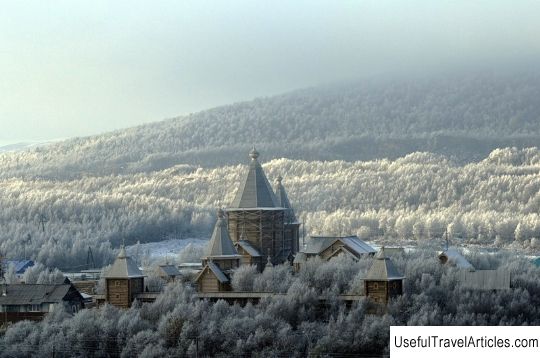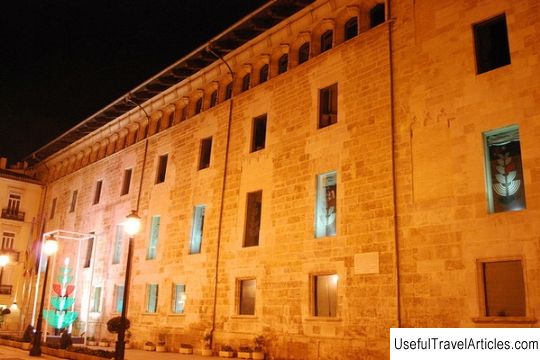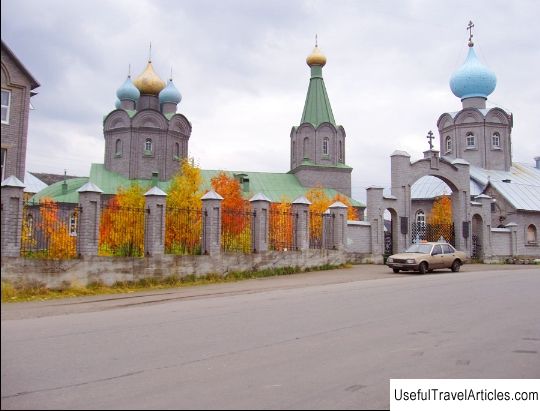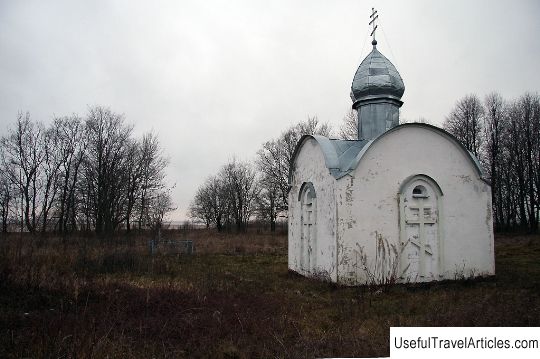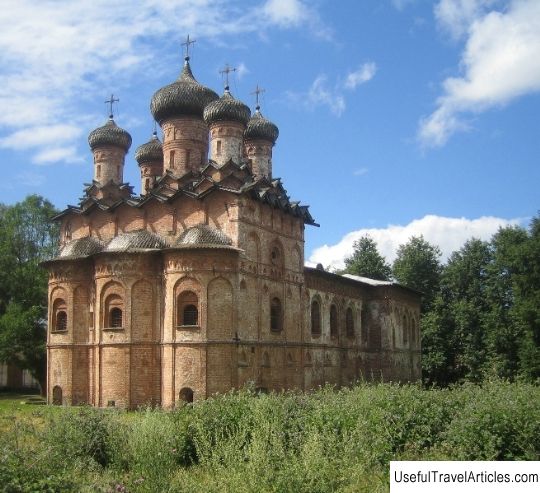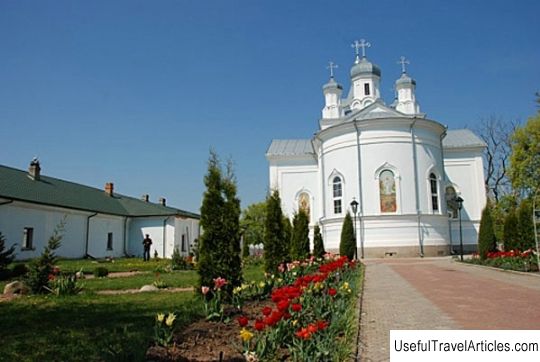Trifonov-Pechenga monastery description and photos - Russia - North-West: Murmansk region
Rating: 9,9/10 (3600 votes) Trifonov-Pechengsky monastery description and photos - Russia - North-West: Murmansk region. Detailed information about the attraction. Description, photos and a map showing the nearest significant objects. Photo and descriptionOne of the famous monasteries of the Russian Orthodox Church is the Trifonov-Pechenga Monastery, located in the village of Pechenga, 135 km from the city of Murmansk. For a long time, this particular monastery was considered the northernmost among all the monasteries in the world. The founding of the monastery happened a long time ago - in 1553. The founder of the monastery was the Monk Tryphon (in the world - Mitrofan), a native of the city of Novgorod, whose life and work are of considerable interest. The construction of the monastery took place on one of the picturesque places where the Pechenga River flows into the long Barents Sea. Information has come down to our days that the Trifonov-Pechenga Monastery was many times subjected to various kinds of destruction and raids, after which it was safely restored. Judging by the biography of the Monk Tryphon of Kola, in his youth he did not at all understand the hobbies of his peers and preferred to pray alone. Once a certain incident happened to him: Tryphon was in the church and suddenly heard a voice that ordered him to go to the unpromised lands, in which there was not a single person, after which the Monk Tryphon set off north, to the very place located by the Pechenga River. It turned out that the Lapps lived in these lands. At that time, paganism was still widespread among the Lapps. The Monk Mitrophan made all his efforts and efforts to convert the pagans to Christianity, but despite this, the spread of the faith in pagan circles was very difficult. The difficulty for the spread of the new religion was caused by the intrigues of local pagan sorcerers, who in various ways persuaded the inhabitants to destroy the stranger on their territory. Having overcome all the difficulties, the young man was still able to accomplish the deed destined for him, because Orthodoxy began to gradually spread among the pagan people. It so happened that the most ordinary believer, who was not even a monk, found the strength to convey the new religion to the people, who accepted it rather hostilely into their circles. In 1550, the Monk Mitrofan was able to receive a letter from the Metropolitan Novgorodsky, in accordance with which the beginning of the construction of the Trifonov Monastery was laid. Not only Mitrofan, but also the laborers came to these lands to do a good deed in a distant land. Throughout all the work, the monk himself actively helped the builders, not disdaining hard work and carrying on their shoulders huge logs for several miles. During 1550 Mitrofan was joined by one of his faithful friends and assistants - Hierodeacon Theodorite. Some time after the completion of all the work on the construction of the temple, the new Trifonov-Pechenga monastery received rich gifts from the king. And Mitrofan managed to achieve this only when he got to Moscow, from which he brought to his homeland the proper church utensils and bells, as well as a certificate of ownership of nearby territorial land plots. From that moment, the prosperity of the Trifonov-Pechenga monastery began. In the middle of 1583, the Monk Tryphon of Kola died. Seven years after his death, Swedish troops brutally destroyed the monastery. After the sad events, the monastery was restored again, but only elsewhere. It did not last long in the new place, because in 1764 it was abolished. For many years, the monastery was closed, and only in 1896 the Trifonov-Pechengsky monastery was reopened. Throughout the XX century, the monastery was subjected to serious trials that awaited it during the Great Patriotic War. In mid-2007, the monastery was completely burned down. In its previous incarnation, it lasted only 10 years, from 1997 to 2007. During this time, the monastery was visited by a huge number of tourists and pilgrims who were able to financially help the church. In 2010, the restoration of the Trifonov-Pechenga monastery for men was completed.                We also recommend reading The Isabela Sanctuary description and photos - Philippines: Luzon Island Topic: Trifonov-Pechenga monastery description and photos - Russia - North-West: Murmansk region. |
